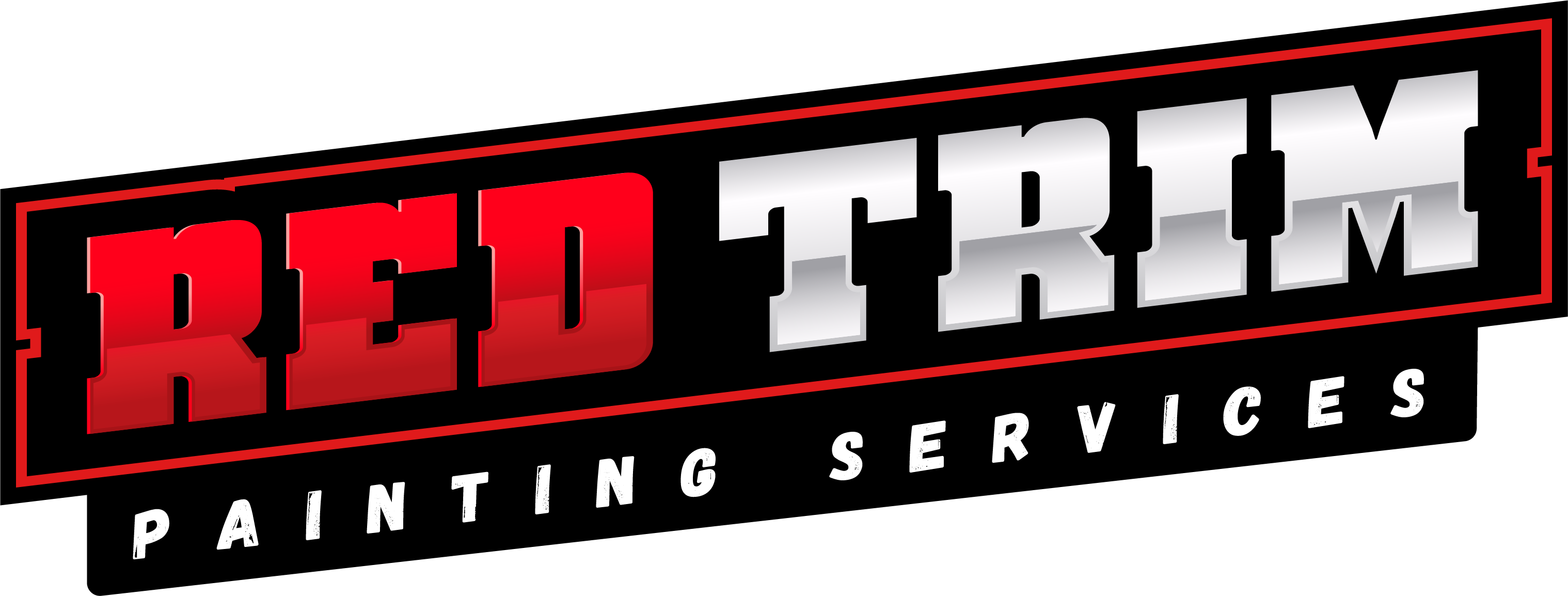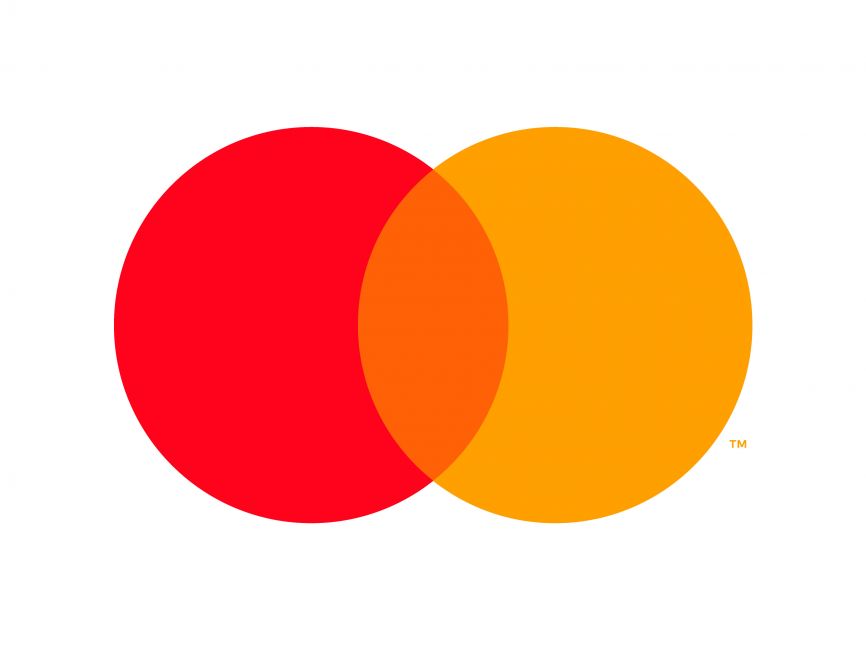Painting the exterior of your home can breathe new life into your property, improve curb appeal, and protect your house from the elements. However, it can also be a significant investment. Fortunately, there are several budget-friendly strategies to achieve a high-quality exterior paint job without breaking the bank.
Plan and Prepare Thoroughly
Planning: The first step in a budget-friendly exterior painting project is careful planning. This involves selecting the right time for painting, understanding the scope of the project, and estimating costs. Spring and fall are generally the best times for exterior painting due to mild temperatures and low humidity, which can help the paint adhere better and dry evenly.
Preparation: Proper preparation can save money in the long run. This includes:
- Cleaning: Power wash the exterior to remove dirt, mildew, and loose paint. A clean surface ensures better paint adhesion and longevity.
- Repairs: Inspect your home’s exterior for any damage. Repairing cracks, holes, and wood rot before painting can prevent future problems and extend the life of your paint job.
- Priming: Apply a quality primer, especially if you are changing the color dramatically or painting over a darker color. Primer helps the paint adhere better and provides a uniform base.
Choose the Right Materials
Paint Quality: While it might be tempting to buy cheaper paint, investing in high-quality paint can save you money over time. High-quality paints often require fewer coats, provide better coverage, and are more durable, reducing the frequency of repainting.
Paint Type: Select paint based on the material of your home’s exterior (wood, stucco, brick, etc.) and the climate in your area. For instance, acrylic latex paint is versatile and works well on most surfaces, while elastomeric paint is excellent for stucco and masonry in wetter climates.
Tools and Supplies: Invest in good-quality brushes, rollers, and other painting tools. High-quality tools can make the job easier, and faster, and result in a better finish. However, you can save money by purchasing them during sales or from discount stores.
Do-It-Yourself (DIY)
Our friends at Bravo Painting have provided us with some steps to take in order to successfully complete your DIY painting project.
Skill Assessment: Assess your painting skills realistically. While DIY painting can significantly cut costs, it requires time, effort, and some level of expertise. If you’re confident in your ability to handle the project, it can be a rewarding and cost-effective option.
Learning: Take advantage of online tutorials, guides, and workshops to learn the proper techniques for exterior painting. Many home improvement stores offer free classes that can be very helpful.
Time Management: Allocate sufficient time for the project. Rushing through a paint job can result in mistakes and a subpar finish. Working methodically will ensure a higher-quality outcome.
Hire Smartly
Professional Help: If the DIY approach seems daunting or if the exterior of your home is complex, hiring a professional might be the better option. However, you can still save money by:
- Getting Multiple Quotes: Obtain quotes from several contractors to compare prices and services.
- Negotiating: Don’t hesitate to negotiate the price. Some contractors might offer discounts, especially if you agree to let them work at their convenience or if you provide some of the materials.
- Hiring During Off-Season: Painters are often less busy during the off-season (late fall and winter), and you might get a better rate.
Economical Techniques
Two-Tone Paint Jobs: Instead of painting the entire house in one color, consider a two-tone paint job. Painting the trim, shutters, and other accents in a contrasting color can give your home a fresh look with less paint.
Partial Painting: If the budget is tight, you can focus on the most visible areas of the house first. For example, painting the front facade, trim, and front door can significantly enhance curb appeal without the cost of painting the entire house at once.
Reuse and Recycle: Use leftover paint from previous projects for smaller areas like doors, window frames, and trims. Mixing small quantities of paint can create unique colors and reduce waste.
Sourcing Budget-Friendly Materials
Sales and Discounts: Keep an eye out for sales and discounts at local hardware stores, especially during holidays and the end of the season. Many stores offer substantial discounts on paint and painting supplies during these times.
Bulk Purchases: Buying paint in bulk can often reduce the cost per gallon. Measure the area to be painted accurately to avoid buying too much or too little paint.
Online Marketplaces: Check online marketplaces for discounted or leftover paint and supplies. Websites like Craigslist, Facebook Marketplace, and even local community groups can have great deals on materials.
Energy-Efficient Paint Choices
Reflective Paints: Consider using reflective or light-colored paints that can help reduce cooling costs by reflecting more sunlight. While these might have a higher upfront cost, they can save money on energy bills over time.
Maintenance and Longevity
Regular Maintenance: After painting, regular maintenance can prolong the life of your exterior paint. This includes cleaning the exterior annually, checking for and repairing damage promptly, and touching up any areas that show wear.
Quality Finishes: Applying a high-quality finish or sealant can protect the paint from the elements and extend its lifespan, reducing the need for frequent repaints.
Community and Collaboration
Community Programs: Some communities offer grants or assistance for home improvements, including exterior painting. Check with local government or community organizations to see if you qualify for any programs.
Collaborative Efforts: If you have neighbors or friends who also need painting done, consider pooling resources and efforts. You might be able to buy materials in bulk or even work together on each other’s projects, reducing labor costs.
Conclusion
Budget-friendly exterior painting projects require careful planning, smart purchasing, and sometimes a bit of elbow grease. By strategically focusing on quality where it counts, homeowners can achieve beautiful, long-lasting results without overspending. Remember, a well-done paint job not only enhances the look of your home but also protects your investment for years to come.





